A DCS (Distributed Control System) system used for process plant sends a 4-20 mA control signal to a steam valve with an electronic positioner.
This particular loop has a problem, for the valve remains in the full-closed (0%) position regardless of what the DCS tries to tell it to do.
A technician begins diagnosing the problem by taking a DC voltage measurement at terminal block TB-10 in this loop circuit:
Control Valve Loop
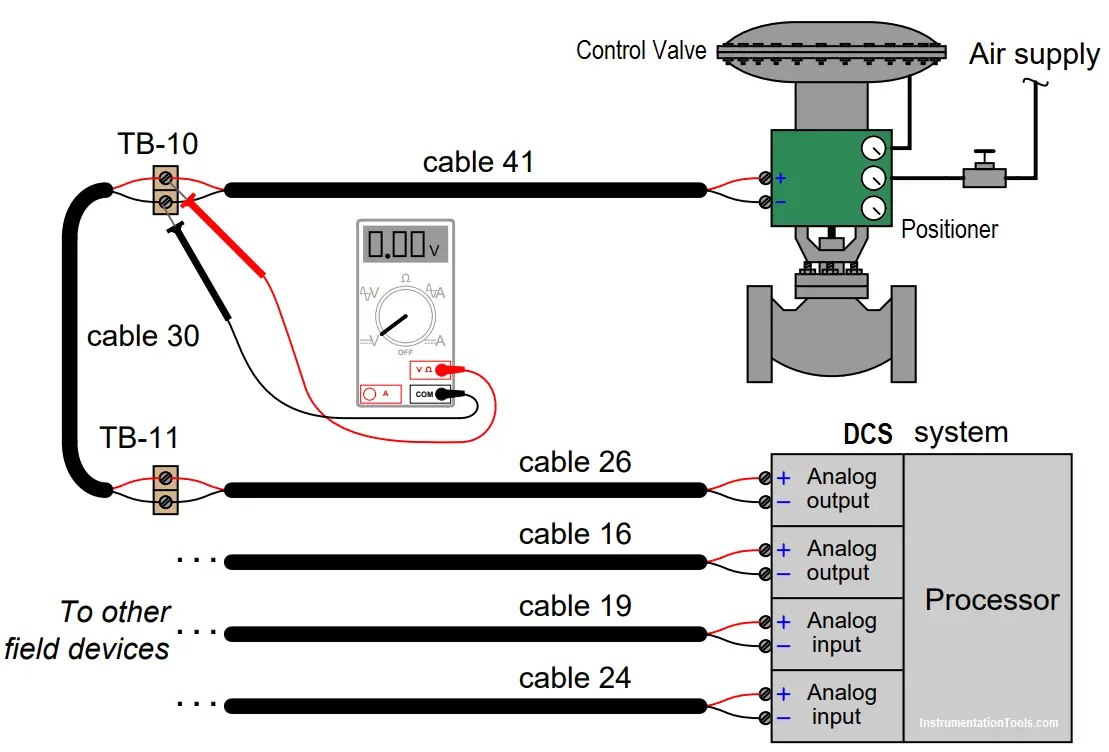
The technician knows a reading of 0 volts could indicate either an “open” fault or a “shorted” fault in the wiring.
Based on the location of the measured voltage (0.00 VDC), determine where in the wiring a single “open” fault would be located (if that is the culprit), and also where in the wiring a “short” fault would be located (if that is the culprit).
For the next diagnostic test, the technician disconnects the red wire of cable 41 where it attaches to the screw terminal on TB-10, and re-measures voltage at TB-10.
After disconnecting the wire, the new voltage measurement at TB-10 reads 24.9 volts.
Determine what this result tells us about the nature and location of the fault.
Answer
Based on the first measurement (only), we could conclude the wiring fault may be an “open” in cable 26 or cable 30, or a “short” in any cable.
After taking the second measurement, we must conclude the fault is a “short” (not an “open”), and that it lies somewhere between TB-10 and the control valve (most likely in cable 41).
Questions for you
1. Explain why it is critically important to determine the identities of the valve and DCS card as being either electrical sources or electrical loads when interpreting the diagnostic voltage measurements.
2. Identify some of the pros and cons of this style of testing (measuring voltage at a set of points before and after a purposeful wiring break) compared to other forms of multimeter testing when looking for either an “open” or a “shorted” wiring fault.
3. Identify a fault other than open or shorted cables which could account for all the symptoms and measurements we see in this troubleshooting scenario.
Share your answers & explanation with us through the below comments section.
Scroll down to see the answers shared by the users.
Read Next:
Credits: Tony R. Kuphaldt



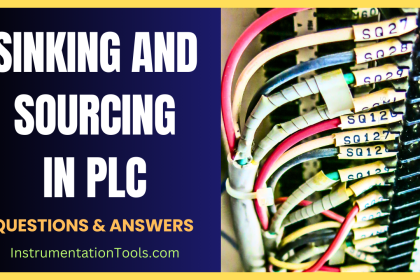
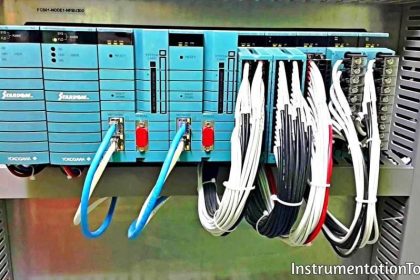

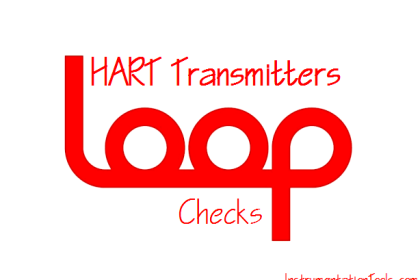

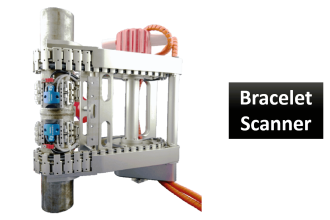

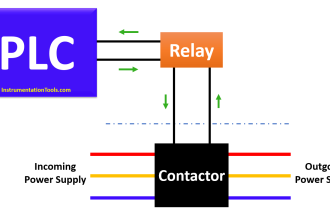
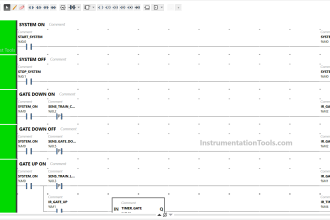
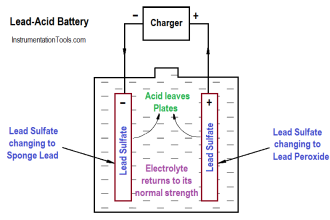

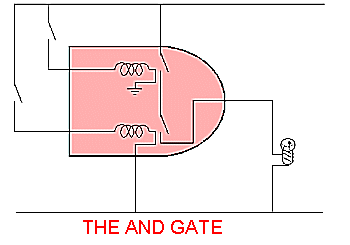


Very usefull theory
Based on this type of testing and where the voltage was checked, we wouldn’t know if the culprit was cable 41 or not.
Removing the positive wire from the terminal block of the valve, testing and receiving the proper voltage does not really eliminate the valve as you still only checked the voltage at TB1.
you would need to check the voltage on the wires before the terminal block of the valve.
All this test tells us is that there is a short after TB1 but not necessarily with the cable itself.
The short could be coming from the terminal terminations on the valve itself.
This kind of situation we need to check the resistance of the positioner as well to calculate the Load ..
It”s very usefull for me..
I appreciate for Inst Tools
1. Identity of cards important as could be electrically interlocked to another process ie. measurement feedback loop which could alter once measured
2. Test method Pro: ideal for open short cables divide and conquer type testing saving time Con: live testing in operational environment risk to equipment ELV.
3. Possible faulty positioner, lack of instrument air or jammed valve.
Positioner valve need to check. V=IR theory need to apply. So positioner resistance may faulty.
A resistance check can miss what a loaded current check can find. Volt drop test each wire then substitute the load and retest.
Sometimes,cable wrong swapping or DCS card/barrier faulty could lead to no operation of control valve.